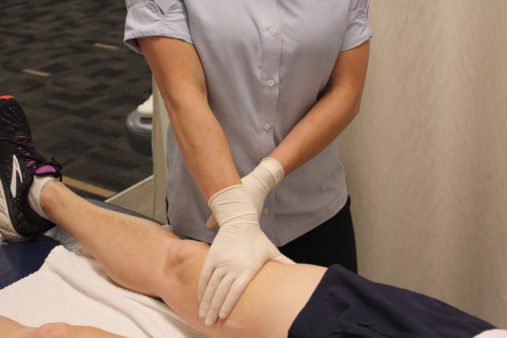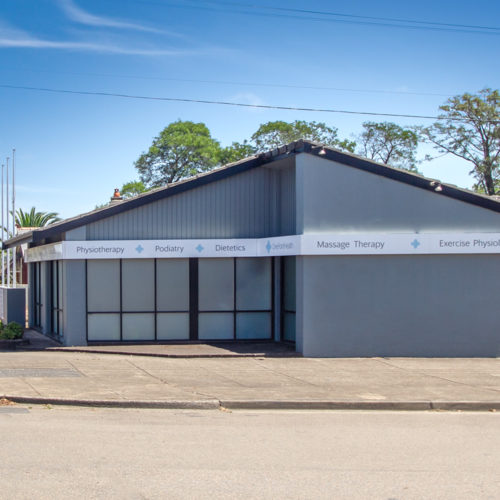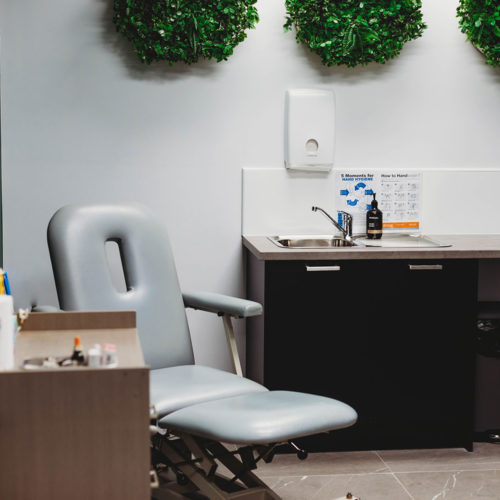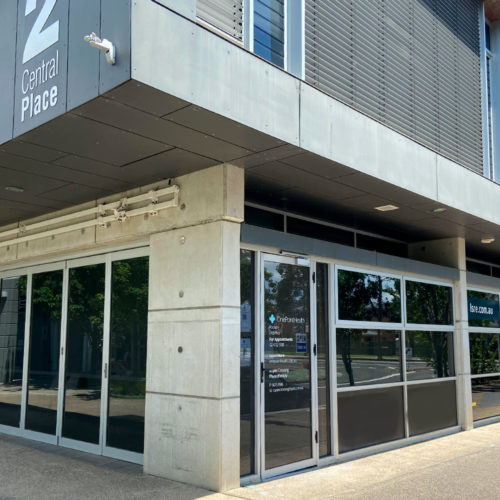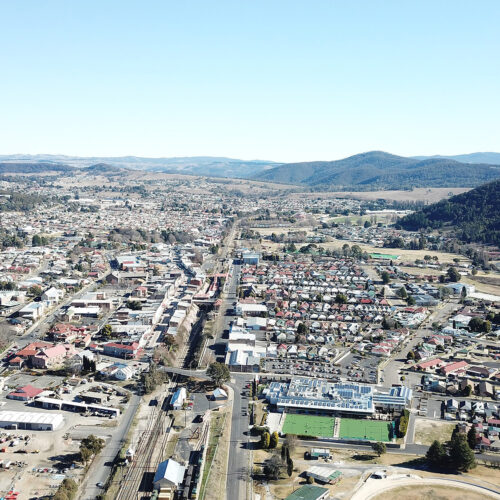Lymphatic drainage and it’s benefits
We all at some point may have experienced some swelling and noticeable inflammation that could be accompanied by pain, joint stiffness, and discoloured skin. However, there is another body system that is in play here and that some of us may not have heard of until something really goes wrong with it, which is the lymphatic system.
What is the lymphatic system?
As we may already know, the cardiovascular system works by pumping oxygen rich blood through our arteries to the dermis and epidermis tissue beds to deliver all the essential nutrients and minerals and what is left of the fluid flows back to the heart via venous return. Although, some components in that fluid such as plasma proteins, fats, water, and waste products are not able to return back to the heart that way and are left behind. This is when that remaining fluid enters the lymphatic system via lymph capillaries and is filtered throughout many small, rounded capsules called lymph nodes, where more and more water is filtered each time and returned back to the bloodstream (lymph nodes also contain white blood cells known as lymphocytes that initiate immune function). Once the remaining fluid has completed its journey in the lymphatic system and has returned to the blood stream, it then goes through the final stages of filtration in organs like the kidney and liver before it is expelled out of our body.
What could go wrong here?
Muscular contractions during physical activity plays a huge part in promoting the flow of lymph and can therefore be inhibited in people who have mobility issues like the elderly,being wheelchair ridden or just live a sedentary lifestyle and which all causes fluid congestion. Once a lymphatic blockage (swelling) is formed it is then known as oedema.
What happens in the inflammatory response for incidents like a broken bone, a torn muscle from a sports injury or even just cut skin, is that the blood capillaries dilate to increase the blood flow to the injury and the lymph vessels spasm shut constricting the lymph flow and
which all leads to swelling. What is noted above are only just some examples of what can cause oedema but what is really important to note here, is to that make sure that any long-standing oedema is not left unmanaged for too long as it can eventually overwhelm the lymphatic system in that area of swelling, overly stretching the valves in the lymph vessels and impairing its ability of lymph
low. This can all result in permanent oedema known as lymphoedema. Due to the fact of impaired oxygen and nutrient supply and a build-up of toxins and waste products to the area of chronic oedema, is why you can expect to see ulcers, even eczema and impaired healing of the skin.
How does lymphatic drainage help?
Lymphatic drainage is a Manuel therapy massage technique that works with the superficial lymphatic structures, and which is why it is only a very light touch to help open the lymph vessels close to the surface of the skin to facilitate lymph flow and gradually clear congestion. Lymphatic drainage is also a very relaxing treatment in nature that promotes the parasympathetic nervous system (rest and digest state), and which is the best state that enhances lymph flow. There are many benefits to this treatment such as enhanced immunity function, clearing sinus congestion and airways, easing oedema from arthritis or a sports injury and cleansing the body from any long-standing residue inflammation that could actually be the answer into resolving some cases of chronic pain.
When lymphatic drainage may not be suitable for you
If the oedema that you’re currently living with is the result of a serious health condition such as a deep vein thrombosis (blood clot), acute renal insufficiency, an infection or if you are simply unsure what the cause of your oedema is or unsure if it will be suitable for you, then speaking with your GP will be the best step to take.


